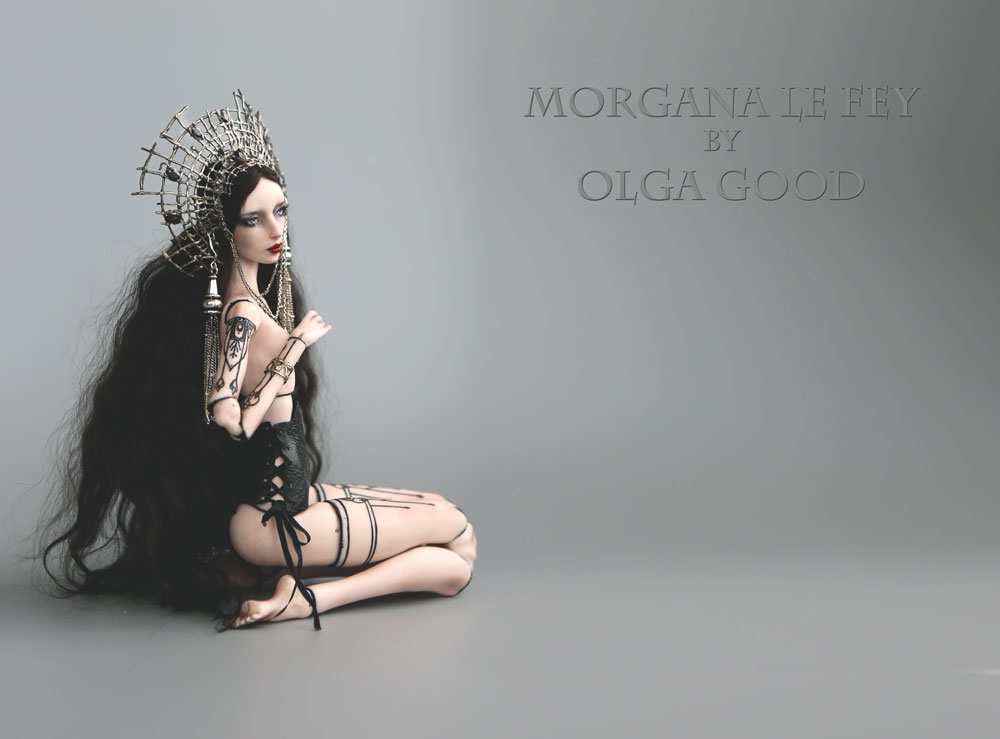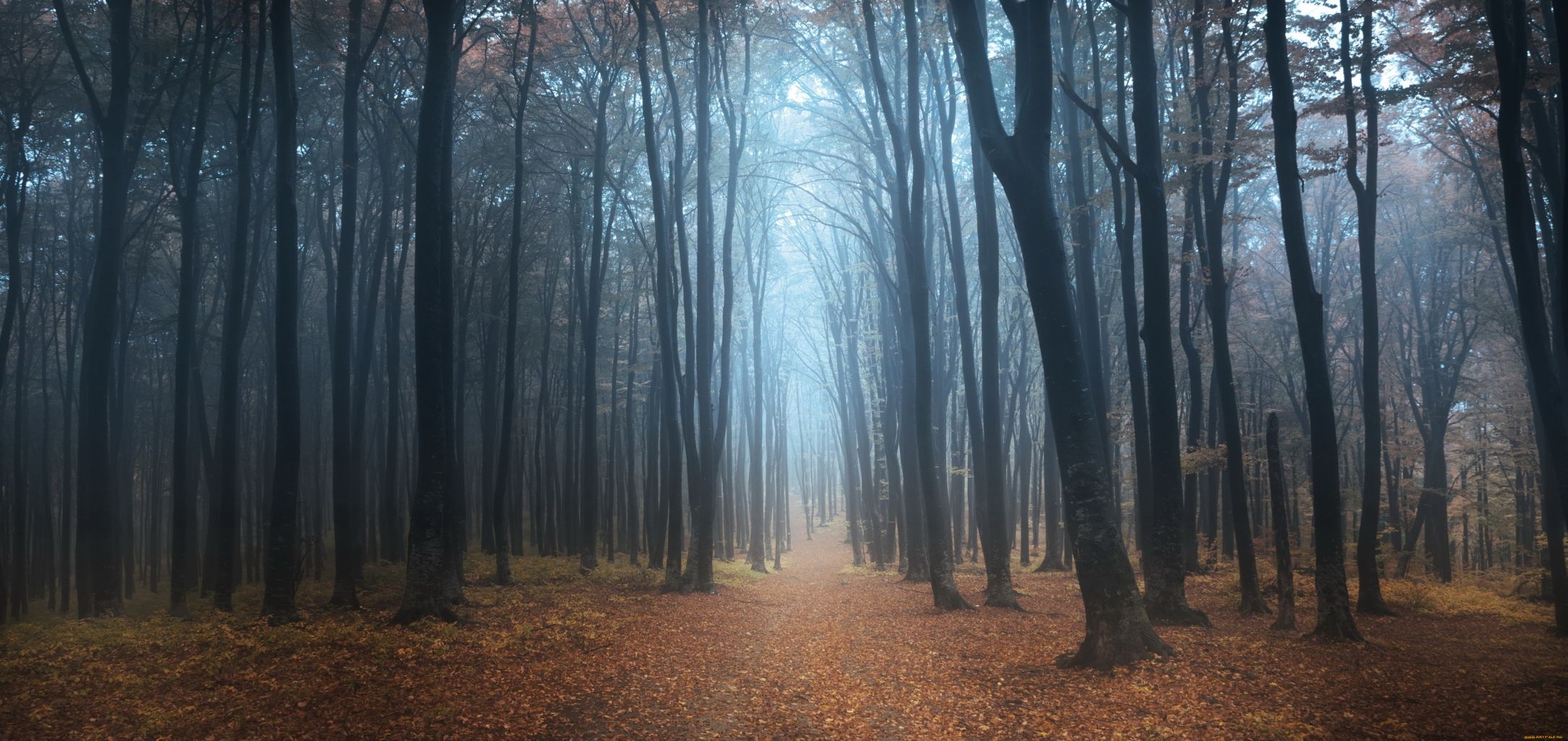porcelain
Morgan Le Fay, a powerful female figure in the Arthur legends, represents control, sorcery, and manipulation. She uses underhanded, often manipulative methods to create her power. During King Arthur's reign, and in various romances and folk tales, Morgan shows up as a shape-shifter. She is a fairy, a queen, a mermaid, a beautiful young woman, a crone, a hag, an enchantress or a witch.

The second version:
The Morrígan also known as Morrígu, is a figure from Irish mythology. The name is Mór-Ríoghain in Modern Irish. It has been translated as "great queen", "phantom queen" or "queen of phantoms".
The Morrígan is mainly associated with war and fate, especially with foretelling doom, death or victory in battle. In this role she often appears as a crow, the badb. She incites warriors to battle and can help bring about victory over their enemies. The Morrígan encourages warriors to do brave deeds, strikes fear into their enemies, and is portrayed washing the bloodstained clothes of those fated to die. She also has some connection with sovereignty, the land and livestock. In modern times she is often called a "war goddess" and has also been seen as a manifestation of the earth- and sovereignty-goddess, chiefly representing the goddess's role as guardian of the territory and its people.

Early on Morgana is a type of benevolent fairy that aids Arthur throughout his life, not just at the end. The Welsh claim her father to be the obscure Avallach, king of the magical island with its Welsh name, but he fades from legend. Morgan is essentially the sole personage of Avalon, the Isle of Apples. She is further humanized with the progress of Arthurian storytelling. The former goddess becomes a daughter of Ygerna and her first husband Gorlois, the Duke of Cornwall, making Morgan Arthur's half sister. Glastonbury's identification with Avalon leads to beliefs that she ruled in that area but romances place her in various locations. She becomes the owner of the Castle of Maidens, possibly near Edinburgh while a few continental romancers move her to the Mediterranean entirely. Sicily is one such place. She is named Fata Morgana by the Italians and that name is given to a mirage that appears in the Straits of Messina attributed to her.